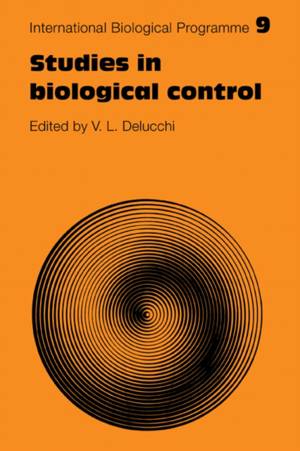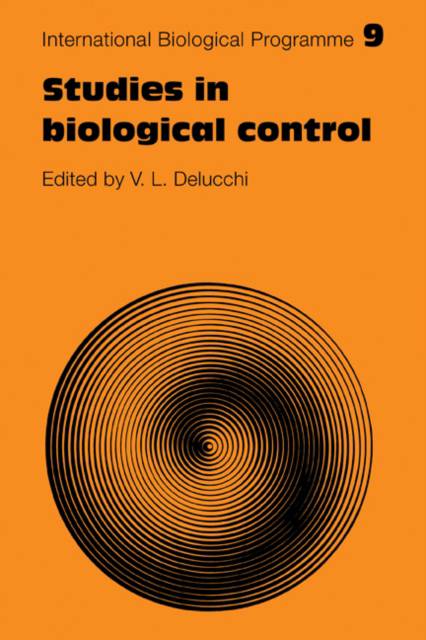
- Afhalen na 1 uur in een winkel met voorraad
- Gratis thuislevering in België vanaf € 30
- Ruim aanbod met 7 miljoen producten
- Afhalen na 1 uur in een winkel met voorraad
- Gratis thuislevering in België vanaf € 30
- Ruim aanbod met 7 miljoen producten
Zoeken
Studies in Biological Control
€ 66,45
+ 132 punten
Omschrijving
The best alternative to chemical control is often seen as being biological control - the introduction of natural enemies in areas where foreign pests become abundant. However, biological control alone is not always sufficient to maintain pest populations under a tolerable level; and it is necessary to learn how to make it compatible with other methods of control, and in particular with chemicals, in integrated control programs. Data on these important aspects was collected and elaborated over a period of seven to eight years and synthesized in this volume, which was originally published in 1976. The data relates to five groups of species recognized as main agricultural pests over vast areas of developing countries. It shows how complex the interrelationships between microorganisms are how much research effort has to be invested in such disciplines as systematics, physiology, ethnology and ecology for their understanding.
Specificaties
Betrokkenen
- Uitgeverij:
Inhoud
- Aantal bladzijden:
- 322
- Taal:
- Engels
- Reeks:
- Reeksnummer:
- nr. 9
Eigenschappen
- Productcode (EAN):
- 9780521281645
- Verschijningsdatum:
- 9/06/2011
- Uitvoering:
- Paperback
- Formaat:
- Trade paperback (VS)
- Afmetingen:
- 152 mm x 229 mm
- Gewicht:
- 471 g

Alleen bij Standaard Boekhandel
+ 132 punten op je klantenkaart van Standaard Boekhandel
Beoordelingen
We publiceren alleen reviews die voldoen aan de voorwaarden voor reviews. Bekijk onze voorwaarden voor reviews.










